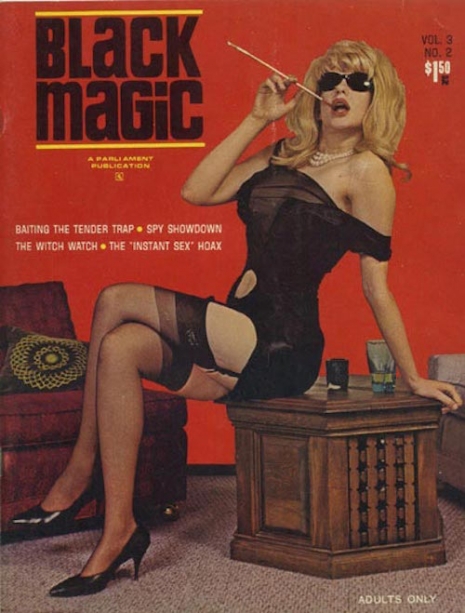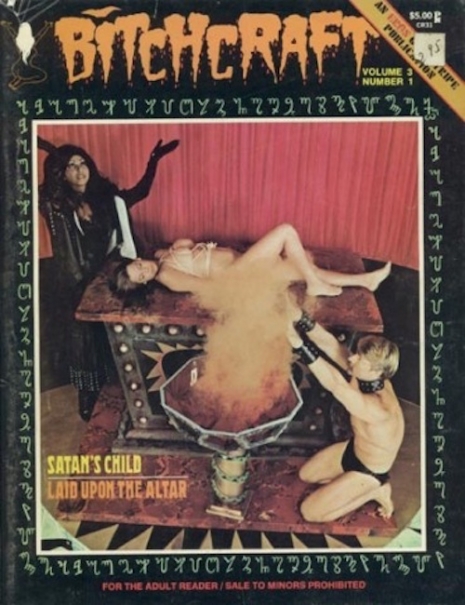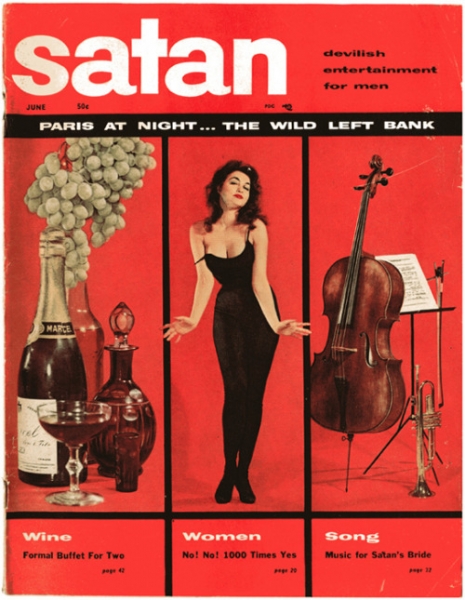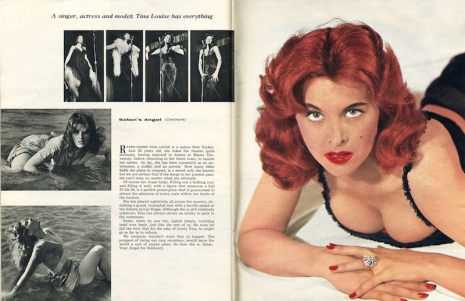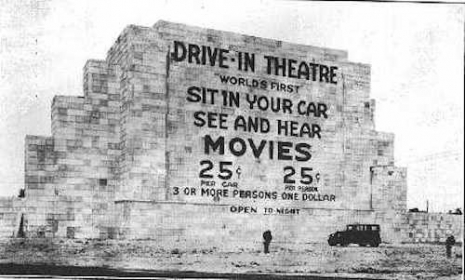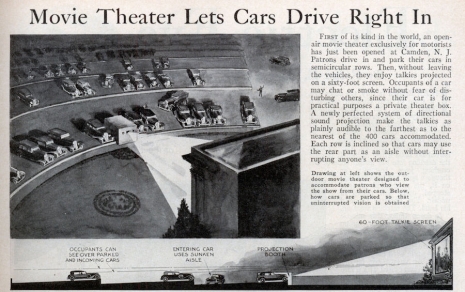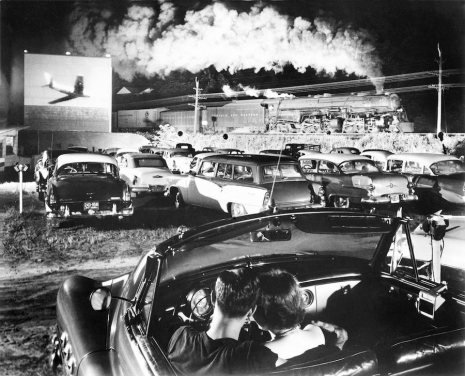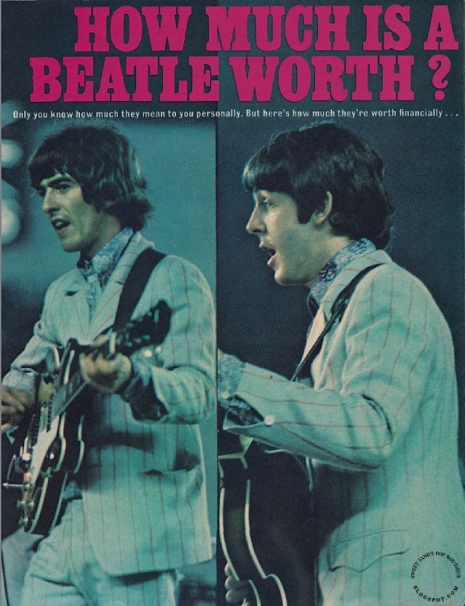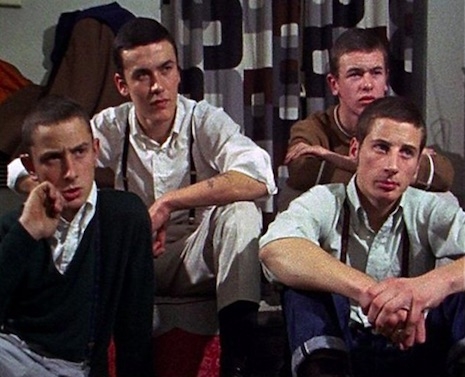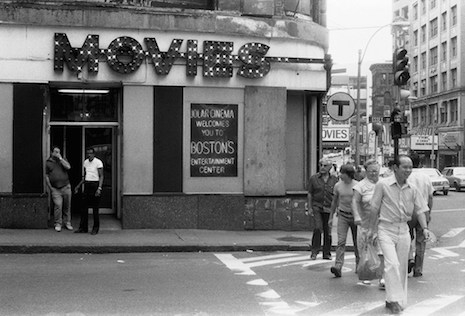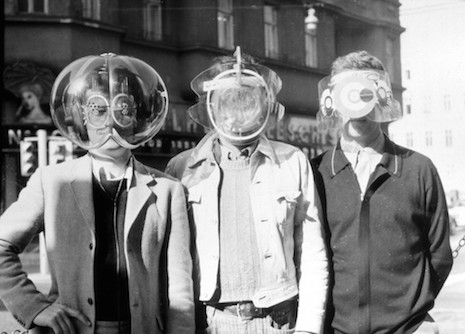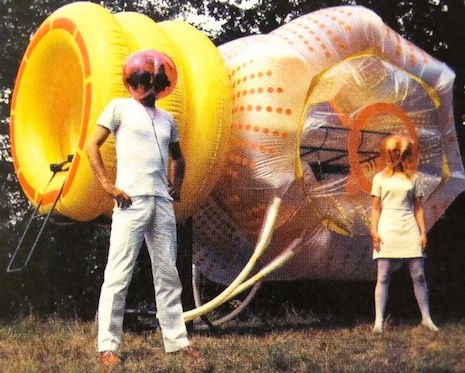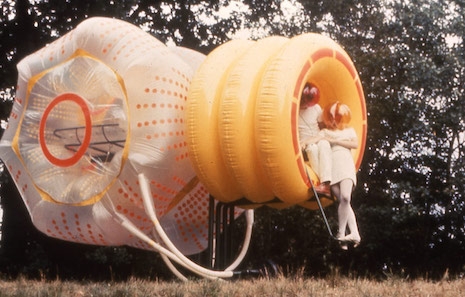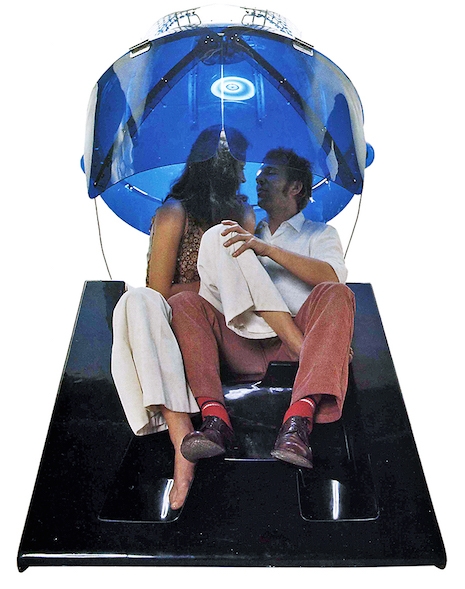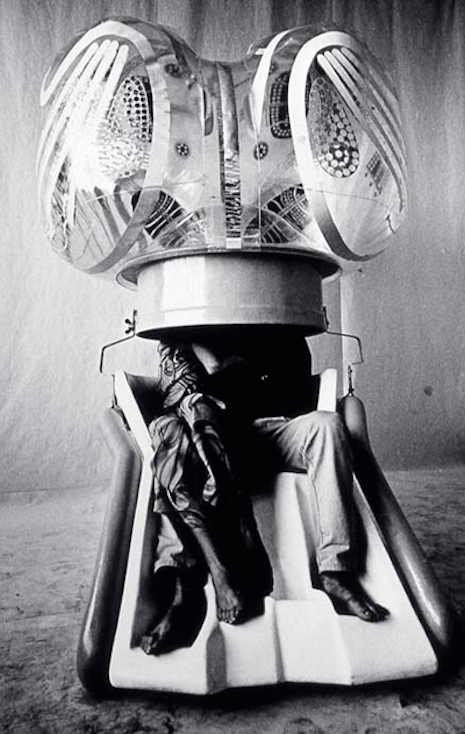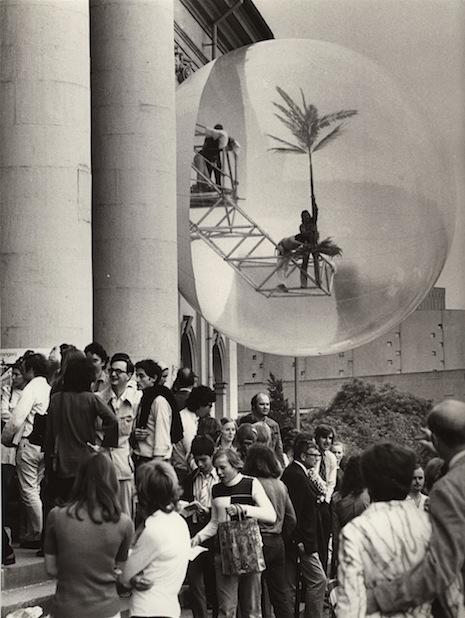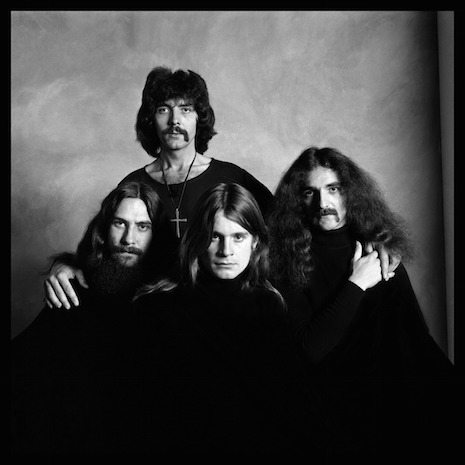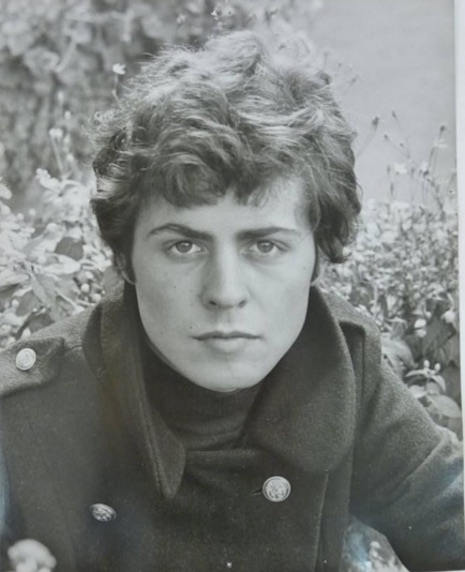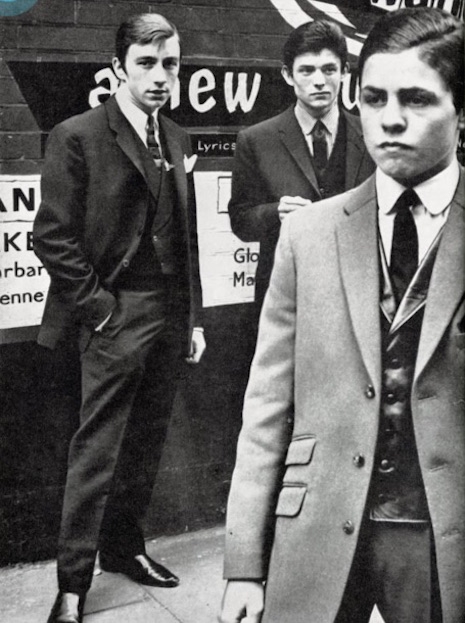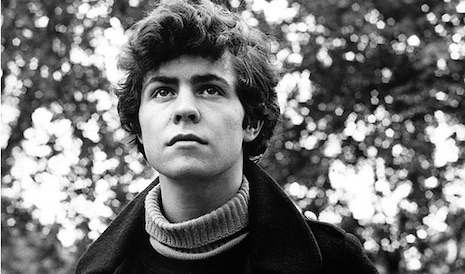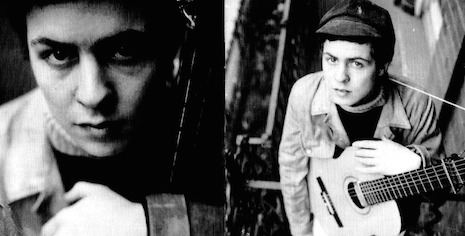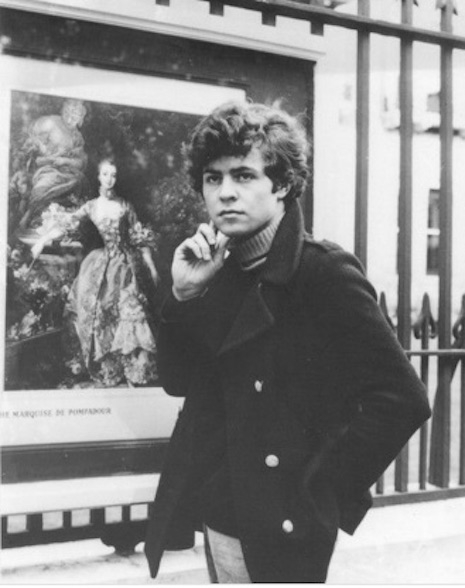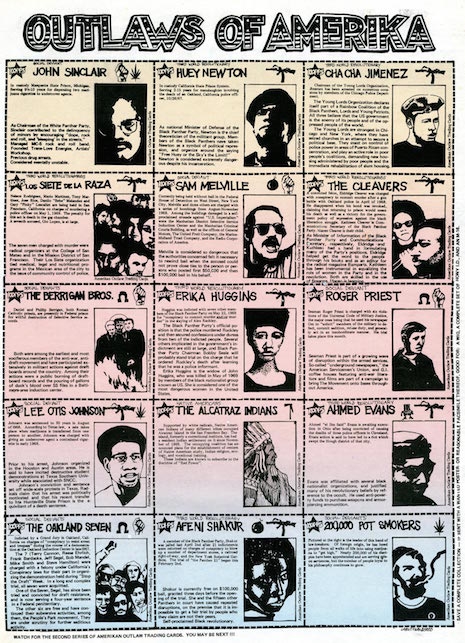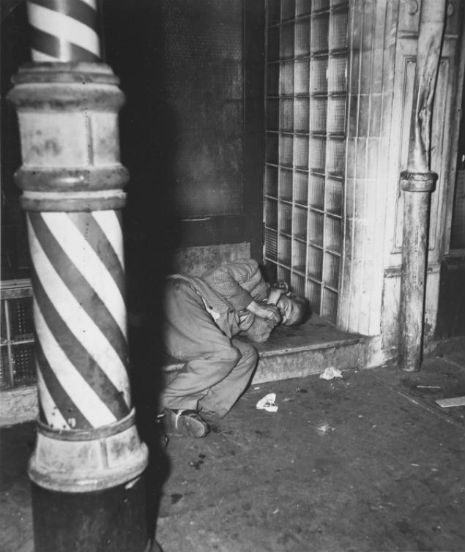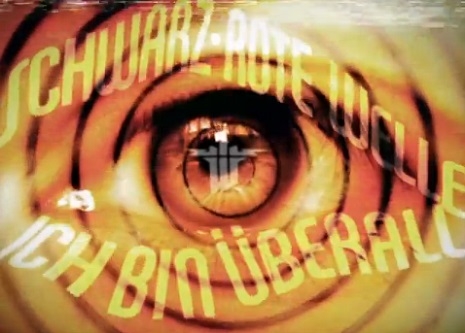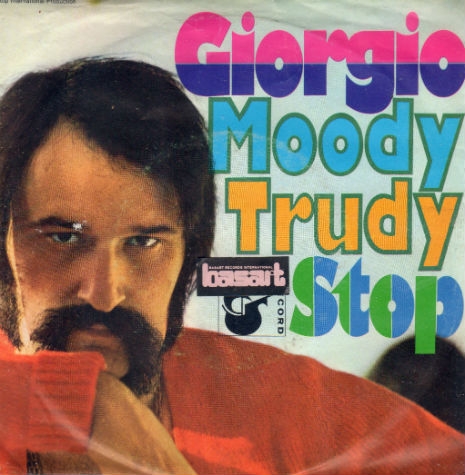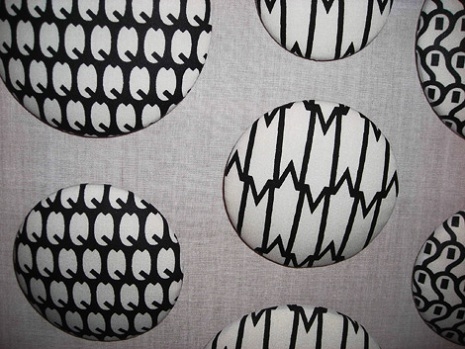
Muhammad Ali spinning records on his very own car turntable.
Though I’d be the first person to admit that drivers don’t need anything else to distract them from the road (I’m looking at you EVERYONE) I’ll also be the first person to endorse bringing back the trend of installing record players in cars immediately. Because it doesn’t get much more romantic than being able to listen to your favorite 45s during a hot car makeout session.
The driving idea behind installing record players in cars was that it would allow people to not only control what they were listening to while cruising around but it also eliminated having to put up with endless radio commercials (which sounds pretty good to me). The first “Highway Hi-Fi” was put out by Chrysler in 1956 and was available to install in several car models ranging from a Dodge to various Plymouths. The component, designed by CBS Labs was only compatible with seven-inch LP’s that were put out exclusively by Columbia Records which contained about an hour’s worth of jams for your road trip. Apparently when you bought the console Chrysler would then hook you up with six selections from Columbia’s catalog—artists like Percey Sledge and Cole Porter. Of course all this tricked out audiophilia was pretty spendy and Chrysler’s hi-fi on wheels cost a whopping $200. Which was a fortune when you consider that the average family was only making about $3500 dollars a year in 1956.
Starting in 1960 other less expensive car record player units were produced by RCA, Norelco, and Phillips that could shuffle through multiple 45s and according to an article published by Consumer Reports in 2014 the consoles worked pretty well on the road with the help of a heavier stylus. Sadly the trend had a short life and was replaced by the next big thing to have in your car in the late 60s—the forever groovy eight-track tape player.
If this post has got you thinking about installing one of these vintage gadgets in your own car I’m here to tell you that while it’s possible it isn’t going to be cheap. If you’re lucky enough to find one that is brand-new in a sealed box it could run you a couple of thousand dollars to say nothing of how much it might cost to install. I’ll leave you to think about all that while you look at images of George Harrison and the late great Muhammad Ali (pictured at the top of this post) playing around with their car turntables as well as other vintage photos of the units themselves in action.
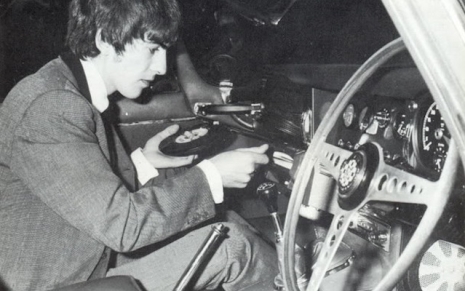
George Harrison and his car record player.
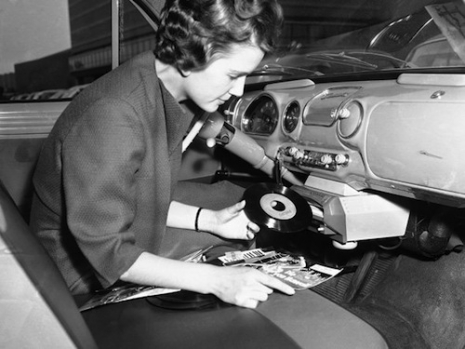
More after the jump…






